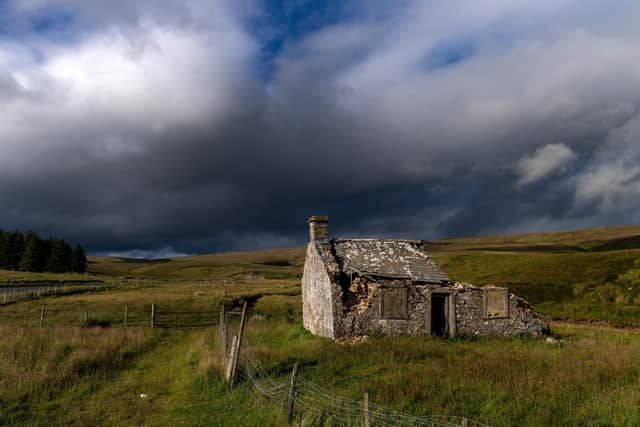The traditional stone farm buildings of the Yorkshire Dales
Just a stone’s throw away, if you’ll pardon the pun, is the area of the Ingleborough Dales, which was the subject of a programme of conservation and community projects led by the Yorkshire Dales Millennium Trust.
The charity aimed to conserve, enhance and celebrate the unique limestone landscape around the peak of Ingleborough, through its Stories in Stone scheme.
Advertisement
Hide AdAdvertisement
Hide AdThe landscape, says the organisation, is one “that has been exploited and adapted by generations of local people, incomers and visitors”.


“A fascinating landscape, with a rich, highly visible archaeological record, an iconic farming pattern of stone-built barns and dry stone walls, rare limestone habitats, and a hidden subterranean world.
“It is also a landscape under stress, with three large active quarries, intensive farming, and millions of visitors every year.”
Stories in Stone started in early 2016 and ended early last year.
Advertisement
Hide AdAdvertisement
Hide AdOne of the projects involved restoring ten stone-built field barns, chosen from around 400 traditional farm buildings identified in the Ingleborough area.
Other focuses were dry stone walls and ground works at the historic Ribblehead Viaduct.
According to the Yorkshire Dales National Park Authority, there are an estimated 6,200 old, traditional farm buildings in the Dales, many similar to the one pictured here.
Barns were used for cattle housing and storing food for livestock.
A number of the stone field barns, or cowhouses as they are sometimes called, can be seen in dales such as Swaledale and Wensleydale, and support species such as bats, barn owls and swallows.
